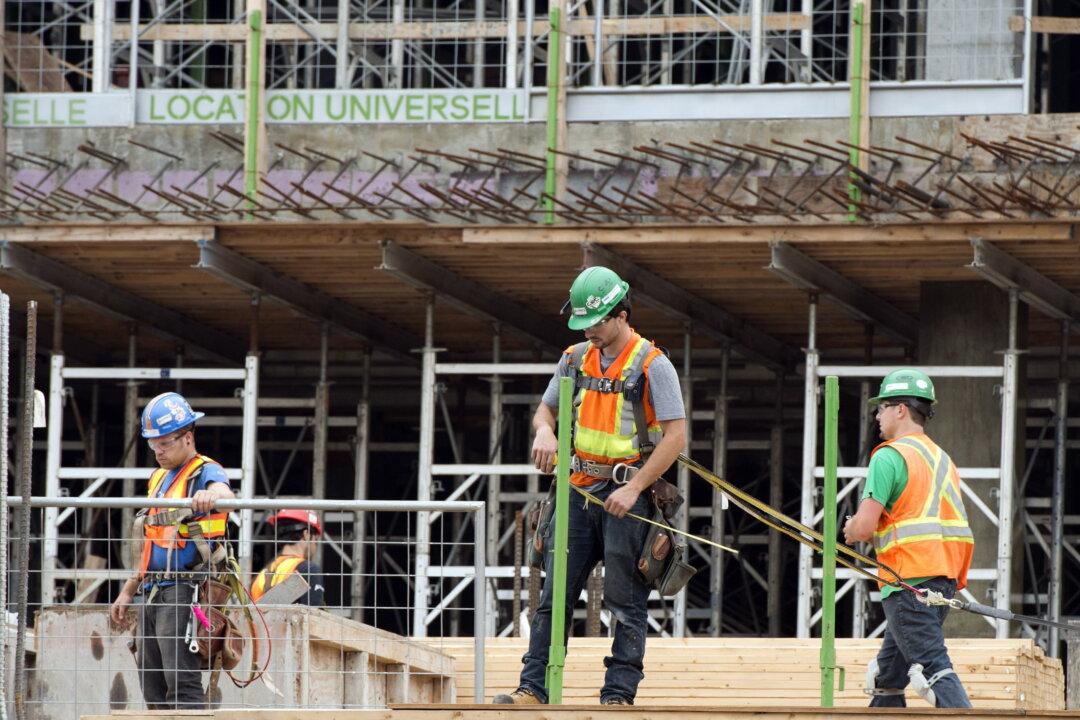NEWS ANALYSIS
As the Canadian economy remains stuck in quicksand, its labour market has become one of the few bright spots. But while job growth is robust, wage growth remains tepid due to the secular problems plaguing the economy, namely an uncompetitive business environment relative to the United States.The Bank of Canada said relatively little about the labour market in its quarterly monetary policy report on April 24, but its governor Stephen Poloz said he believes “there could be something fairly profound underway” regarding the dichotomy between the labour market and overall economic growth.





